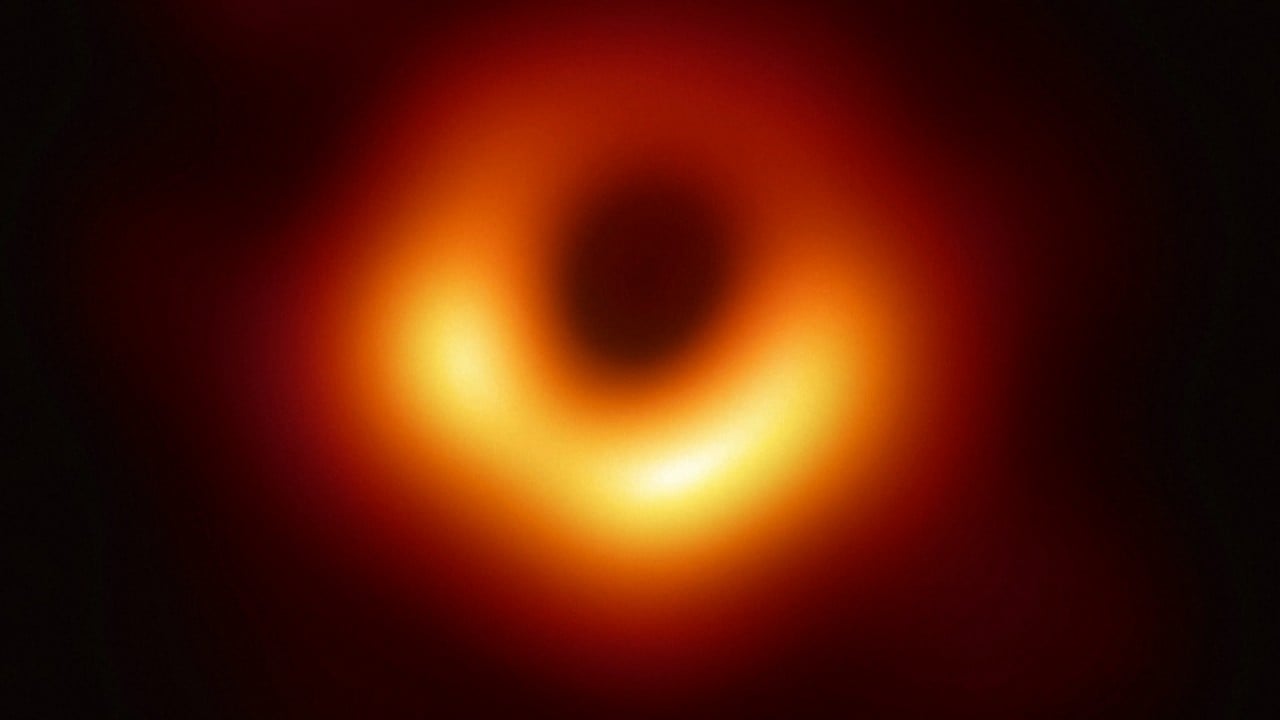Chinese space scientists aim for telescope to find next Earth up to 32 light years away
- The Closeby Habitable Exoplanet Survey mission aims to monitor about 100 sun-like stars to search for Earth-like planets around them
- Once approved, the telescope is expected to be ready in about five years and positioned 1.5 million km away from the Earth

No such planet has been found yet, but it may hold the key to the question of “whether life is unique to Earth or ubiquitous in the universe”, according to project lead Ji Jianghui of the Purple Mountain Observatory at the Chinese Academy of Sciences (CAS) in Nanjing.
Among the 5,000-plus exoplanets, or planets outside our solar system, detected so far, many are much larger than the Earth or dwell in the habitable zone of smaller and cooler stars such as a red dwarf, which are conditions less likely to host liquid water or life as we understand it.
The Closeby Habitable Exoplanet Survey (CHES) mission, which Ji’s team has been working on for almost a decade, aims to monitor about 100 sun-like stars within a distance of 32 light years from the solar system, and measure tiny changes in their relative position in the sky to search for Earth-like planets around them.
A planet and its host star influence each other’s motions due to mutual gravitational pull, and if scientists can detect a slight but periodic wobble in the host star’s position, there is a good chance it is being orbited by a planet.
Ji said such a detection method was highly efficient, because “it can spot any Earth-like planet that exists in or near the habitable zone of a star”.

